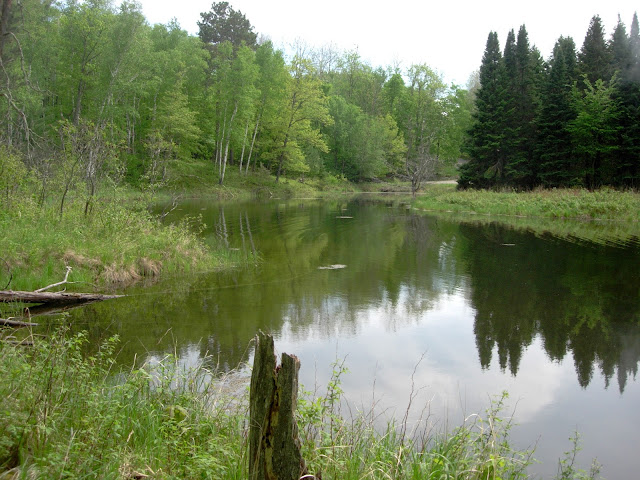"William Faulkner’s short story “Dry September” is about a lynching in Mississippi. But we never see the white woman make the accusation. We never see the black man dragged into the woods and hanged. What we see are the prelude and the aftermath...
That narrative structure—a cyclone swirling around an omission—is Faulkner’s signature device. A conventional story is a continuous chain of cause and effect. Take a close look at just about any classic—“The Lady with the Dog,” “The Gift of the Magi,” “Sonny’s Blues”—and you’ll find that the narrator shows you how one thing leads to another, which leads to another, all the way to the end. Faulkner’s narrators, by contrast, tend to leave out the most important events. His novel The Sound and the Fury revolves around the suicide of one of the central characters, but there is no account of the suicide; his novels Light in August and Absalom, Absalom! center on homicides, but there is no account of either act. The reader is left to surmise and imagine them...
In his critical biography of Faulkner, The Saddest Words: William Faulkner’s Civil War, Michael Gorra suggests that this device, the device of the gaping void, is part and parcel of Faulkner’s depiction of the white South, the culture that produced him. That culture, during Faulkner’s lifetime, from 1897 to 1962, was so determined to look away from its own crimes that its narratives were fragmentary by necessity, avant-garde via denial. Faulkner created narrators who told redacted stories of the South because he sought to dramatize the way in which the white South redacted its own story...
[Gorra] argues that much of Faulkner’s work circles around one particular great void: the Civil War. The war is, in Gorra’s words, both “nowhere” and “everywhere” in Faulkner’s writing, “not dramatized so much as invoked.” ..
Faulkner was given to cruelty. When his daughter Jill, on the eve of her birthday, begged him to end the bender he was on, he told her, “No one remembers Shakespeare’s child.” He was physically abusive toward his wife, Estelle Oldham, a fellow drunk, fellow Oxonian, and fellow novelist; when there was only one copy of Light in August in the world, a stack of unbound manuscript pages, she threw it out the window of a moving car...
In middle age, he staked out what was then a centrist position on integration, proclaiming that he had the same goals as the leaders of the civil rights movement but believed a “go slow” approach was best. For this he was criticized by W.E.B. Du Bois and James Baldwin, and threatened with death by local white supremacists. He condemned the murder of Emmett Till but lauded “the courage and endurance” of the Southerners who resisted Reconstruction, even though the Southern resistance to Reconstruction largely consisted of acts similar to the murder of Emmett Till. One of his numerous sources of torment was a “civil war within Faulkner himself,” Gorra writes: a conflict between his racism and his commitment to conveying painful truths in fiction...
... the truth teller in Faulkner compelled him to peer, fleetingly, into the forbidden chamber of Southern shame, over and over, describing other monstrosities. In Absalom, Absalom!, plantation owners’ teenage sons command overseers to bring them women from the fields whom they then rape in the bushes. In that same novel, Thomas Sutpen, a white, slaveholding patriarch, gouges men’s eyes in forced wrestling matches, as his son, made to watch, vomits. ..
The pall cast by slavery and Jim Crow is everywhere. The terror and oppression visited on black people in Mississippi obliged white families to deny black blood in their ancestry, often counterfactually, and this drives a number of Faulkner’s plots. In Absalom, Absalom!, Thomas Sutpen’s son Henry shoots Sutpen’s other, secret son, Charles Bon, who is mixed-raced but regards himself as white, to keep him from marrying their sister Judith. It’s not the incest that bothers Henry—as a general rule, Faulkner’s characters are open-minded about incest—it’s the prospect of the family line being tainted with blackness that drives Henry to fratricide...
The tireless spouting of self-justification and falsification epitomized by The Birth of a Nation and Gone with the Wind was the culture Faulkner grew up in, and the culture he repudiated by leaving a great gap in his work where the Civil War should have been. In his serious novels, he abjured all those scenes of Confederate gallantry and dash, all those gleaming bayonets, and instead showed us the talkative and absurd white Southerners who came after, who told incoherent and untrue stories of their own history, stories full of holes..."












































